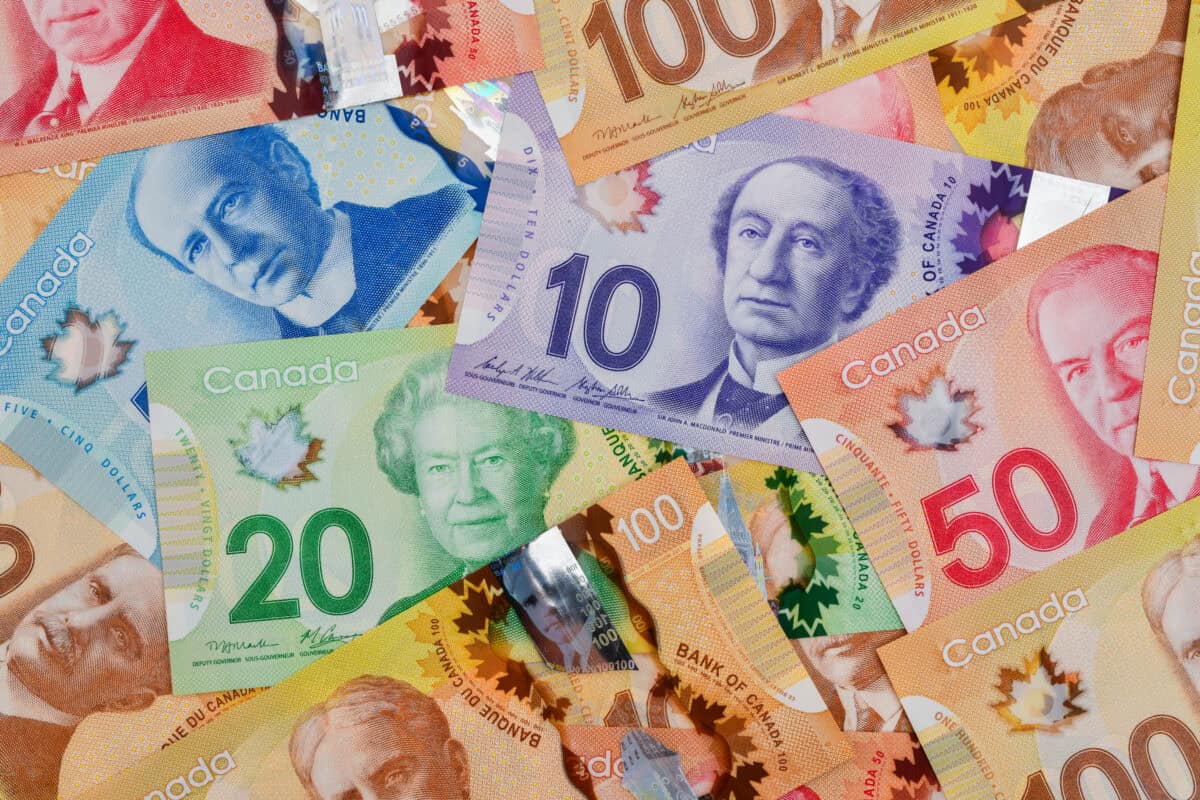Building a steady stream of passive income is a common financial goal for many investors. But how much money do you actually need to invest to generate $400 a month? The answer lies in understanding the yield you can expect from your investments. In this article, we’ll break down different investment options to help you figure out what’s required to earn a reliable passive income of $400 per month.
Understanding the basics: Interest rates and GICs
One of the simplest ways to earn passive income is through Guaranteed Investment Certificates (GICs). These are low-risk, fixed-term deposits that you can get at your Canadian bank to earn interest income with the guarantee to get your principal back. Let’s look at an example: if you invest in a one-year GIC offering a 4% annual interest rate, you can calculate how much you’d need to invest to reach $400 a month.
To earn $400 per month, you’ll need a total of $4,800 annually ($400 x 12 months). At a 4% yield, you would need to invest $120,000 to achieve that goal ($4,800 ÷ 0.04). While this is a straightforward option, it’s important to note that GICs typically offer lower total returns compared to other investment avenues, meaning the required investment is relatively high.
Dividend stocks: A higher yield, a smaller investment
For those looking for higher income (and returns) and the potential for a smaller initial investment, dividend stocks could be what you’re seeking. When you invest in dividend-paying stocks, you’re not just buying shares — you’re becoming a part-owner of a company. This ownership entitles you to a portion of the company’s profits through dividends.
However, unlike GICs, dividends are not guaranteed. Companies are only required to pay dividends if they have declared them. So, it’s possible for a stock to pay a dividend this quarter and reduce or even eliminate its dividend in the next quarter. Therefore, it’s crucial to look for companies with a long history of paying reliable and sustainable dividends.
Among the safest and most stable dividend stocks on the Toronto Stock Exchange are Canada’s big banks. Take Bank of Nova Scotia (TSX:BNS), or Scotiabank, as an example. At $79.85 per share at writing, Scotiabank offers a solid 5.3% dividend yield, paid out quarterly. To earn $4,800 annually from this investment, you would need to invest approximately $90,566.
Notice how the required investment for this dividend stock is lower than with a GIC. A 5.3% yield (compared to the 4% GIC) reduces your investment by nearly 25%! This highlights the advantage of choosing higher-yielding dividend stocks when seeking passive income.
Assessing dividend sustainability
While dividend stocks can provide a steady income stream, it’s important to ensure that the dividends are sustainable. For example, Scotiabank’s payout ratio (the percentage of earnings paid as dividends) is expected to be around 65% of adjusted earnings for this fiscal year. This is slightly higher than its usual ratio of 50%, but it remains sustainable. In the 2020 pandemic, Scotiabank’s payout ratio remained sustainable at 67%, demonstrating its ability to weather economic downturns.
If Scotiabank’s results improve with growth potential from both domestic and international markets, its payout ratio could normalize over the next few years, ensuring a reliable income stream for investors.
Building your passive-income portfolio
The amount you need to invest to generate $400/month in passive income ultimately depends on the yield of your investment portfolio. By diversifying across different asset classes, such as GICs and dividend stocks, you can tailor your investment strategy to achieve your income goals.
Most dividend stocks pay out quarterly, but some pay semi-annually, monthly, or annually, so it’s important to consider how income is distributed. To calculate your average monthly passive income, simply determine your expected annual income from your investments and divide it by 12.
Note that dividend stocks also pay out in different months. So, you would receive more income in one month and lower income in another. If you like, you can look up the dividend payable dates of the stocks you’re interested in.
By choosing the right investments, you can start building a reliable source of passive income, one that could steadily grow over time to meet your financial needs.








